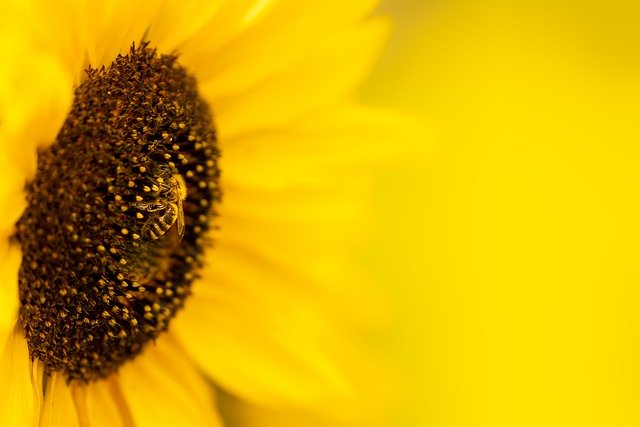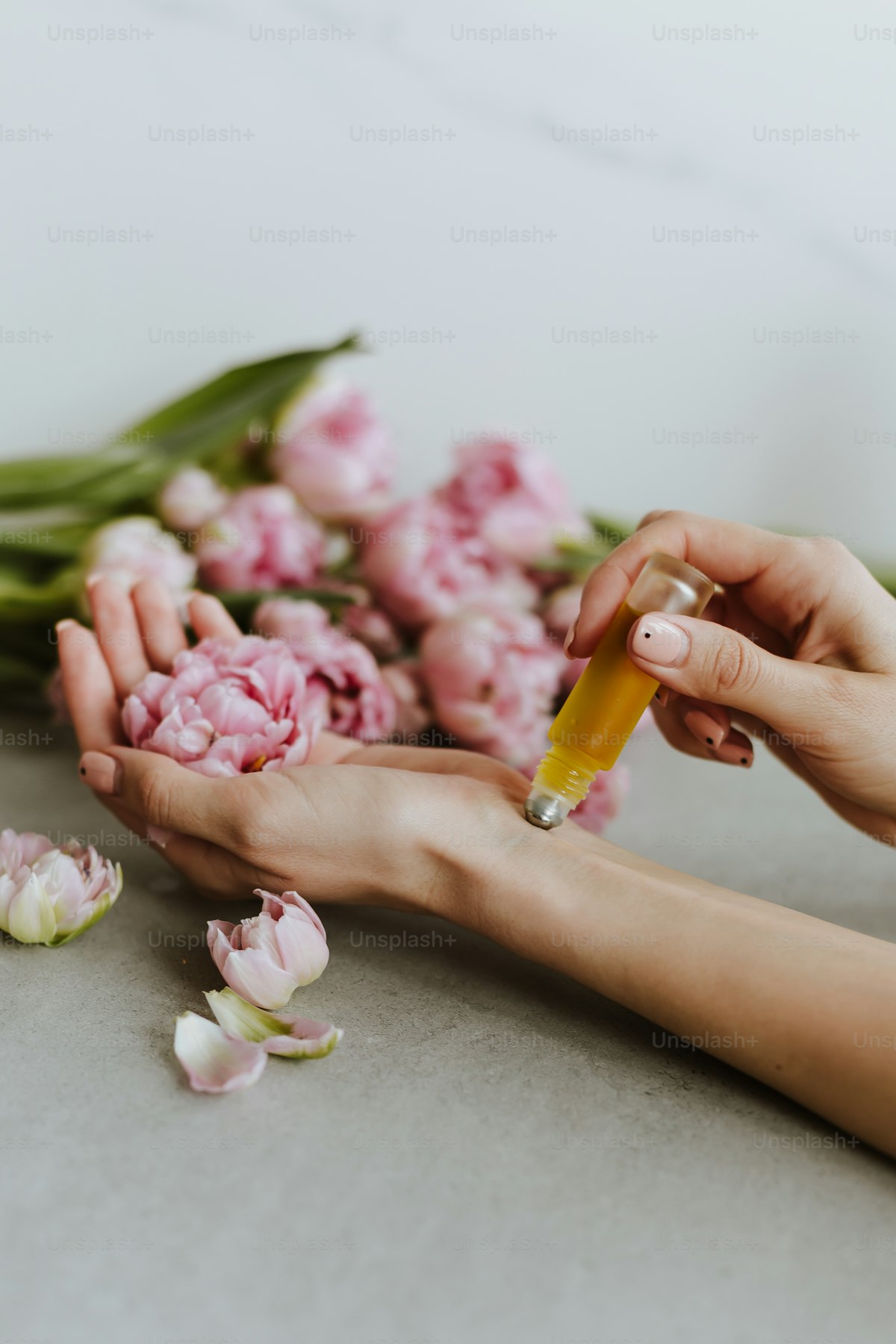
Organic produce is much more tasty and healthy than the mass produced fruit and vegetables normally found at the supermarket. Instead of buying from stores, why not grow your own? This article will show you how to plan an organic garden right in your own yard.
If powdery mildew appears on your plants, don’t purchase expensive chemical solutions. Mix some baking soda and a very small amount of liquid soap into water. Spray this on the plants once per week until that mildew goes away. Baking soda treats the mildew effectively and gently and it won’t damage your plants.
Prior to planting anything in your garden, check your soil. Have a soil report done. It is cost effective and you can make necessary adjustments, based on the report, to your soil so it is correctly enriched to encourage plant growth. There are numerous places to find this service, such as your local Cooperative Extension office. The cost is well worth it to avoid a potentially ruined crop.
The approach of fall means you need to start planting autumn goodies. Rather than using clay pots or planters for your lettuce and kale, plant them in a pumpkin! Cut an opening in the top of your pumpkin, scoop out the inside, and spray the entire thing with Wilt-Proof. This will prevent rotting. You can start planting now.
Plant a little catnip or wheatgrass in the area surrounding the plants that your cat is devouring. Try putting mothballs or citrus on your soil to wards pets away.
If your garden includes vegetables, make sure you plant them in a location whether they are exposed to sunlight for a minimum of six hours each day. If you neglect this, it is likely that you will notice slow growth and reduced quality in your vegetables Some flowers also have the same needs.
Allow enough room between plants for air to circulate, so that plants do not stay too wet. Damp leaves can lead to plant disease and parasites. A common parasite to plants is fungi. Sprays and liquids exist that are perfect for killing the fungi, but be sure you use it on the area before the fungi actually appear.
If you have a lot of low-growing plants to take care of in your garden, purchase gardening knee pads. Long hours tending your garden can leave your knees sore and achy. Investing in a comfortable pair of knee pads made specifically for gardening can really reduce the pain you may feel from the pressure of being on your knees for extended periods.
The best gardens will evolve from original seeds rather than transplanted items. When you grow a new garden, start the environmental way, from seeds. Very few nurseries recycle the plastics that they use as containers for their plants, so the majority of these containers are thrown away and dumped in landfills. Therefore, it is better for the environment to plant a garden with seeds or to find a nursery that packages its plants using organic materials.
Mint leaves are wonderful, but don’t you despise how quickly they can take over a garden due to rapid growth? You should plant the mint in a rather large garden container or pot instead so you can monitor growth. The container can be planted in the ground, and it will still prevent the plant from dominating the garden.
Fertilizer in the garden is a must. Manure is an excellent fertilizer, but it needs to be combined with a synthetic compost to stop diseases from infecting your plants. There are a number of options for fertilizer, but the truth is that what you use is unimportant; you just have to remember to use something.
While gardening you must make sure your knees are protected. Most people can’t bend for long periods while standing. You can get to your plants without straining your back if you kneel in your working area. You can buy a knee pad, put it on the ground and kneel on it so that you wont have to deal with knee pain.
If you’re going to grow peas, start them indoors before putting them in the ground outside. The seeds will have a better germination rate if you start them indoors. It will create heartier seedlings, which means they will more easily resist the pests and diseases they will encounter in an outdoor environment. After the seedlings get mature enough, transplant them to your outdoor garden.
Gardeners who are intrigued by the ideas of organic and sustainable methods should think about designating a portion of their landscape to support native plants and animals. Certain wildlife can be good for an organic garden; birds and insects can help your plants reproduce and be as healthy as they can be!

Another way to help them grow is by watering them with the liquid that is left from cooking vegetables. You can also acidify soil for rhododendrons, gardenias and more by using coffee or tea grounds. Chamomile tea can be an effective treatment against fungus attacking plants.
You can get rid of slugs with a simple beer trap. First, place a glass canning jar in the soil, burying it until the mouth is even with the surface of the soil. Keep the jar filled with beer, up to about an inch from the top. The slugs will be drawn to the beer and then drown in the jar.
The sun can cause irreparable skin damage; therefore, it is essential to dress accordingly when gardening. Wear a hat, sunglasses and sunscreen to protect your skin from the damaging effects of the sun. Protecting yourself from the sun is the best way to prevent sunburns and skin cancer.
One way to profitably sell products from your organic garden is to be a credible organic gardener. Get organically certified. That way, you will realize greater sales volume and demonstrate the value of your produce to potential and returning customers.
When planting seeds, make sure to take your time. Make sure the soil is wet before you begin. Then you want to spread your seeds evenly while making sure that they have enough room to grow. Bury the seed with a planting depth of about three times its size. Some seeds require light for growing and must not be buried.
Your watering schedule should flow perfectly with the seasons, yet be adjustable according to climate. Depending upon whether it is morning, noon or night, the chemical composition of your local water supply and soil type may determine your water usage needs. In warm climates with high humidity, for instance, plants often develop fungal infections when water is applied to the leaves. The important thing is to make sure the plant’s roots receive sufficient water.
Take your seedlings and saplings to a cooler spot once they are established. Move your plants further away from your heat source as they grow. Make sure you remember to remove any plastic films that were on the plant containers to repel humidity and warmth. You should know when the right time is if you are keeping an eye on the seeds.
Over-watering your plants can be harmful, because roots that are drowning in water cannot effectively pull nutrients out of the soil. Check the weather for the next couple of days to see if you actually need to water your plants. If showers are headed your way, it’s probably in your best interest to leave the water hose turned off.
Pine Needles
Use a soaker hose to water your organic garden. Because the water in these hoses seeps out slowly, it goes directly to the roots of the places and leaves the leaves dry. This is less tedious than watering by hand, and they consume less water than using sprinklers.
For some plants, pine needles makes an ideal mulch. A number of plants commonly grown in garden settings do best in an acidic soil. For such plants, pine needles function both as a handy mulch and as a soil amendment to lower the pH. Cover the plots with pine needles. As the pine needles decay, they’ll raise the soil’s acidity.
If you are planning to plant trees or shrubs in your yard, you should pay close attention to the hole that you have dug. If the shovel “glazes” any sides of the hole, leaving a smooth and compact surface, the roots may have trouble breaking through the soil in that area.
Do not buy bad produce! Use what you’ve read here to get started growing your very own high-quality produce.
If you want to do some organic gardening, plan ahead. Decide exactly which plants you’re going to grow. Different variations of a certain flower or vegetable need different kinds of environments. Certain types of roses need a specific content of nutrients in the soil. Keep this in mind as you plan your garden to ensure that you are choosing appropriate plants.
Overwhelmed by the plethora of facts on latex foam pillow
nurse home waterproof mattress protector
bed bug mattress cover queen? The more you understand about latex foam pillow
nurse home waterproof mattress protector
DAHUA ip Camera
Solar Battery Camera
bed bug mattress cover queen, the better you will benefit. In order to realize your plans, use the information you’ve just read.















